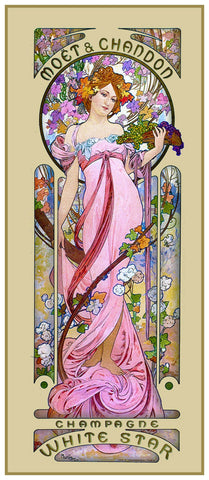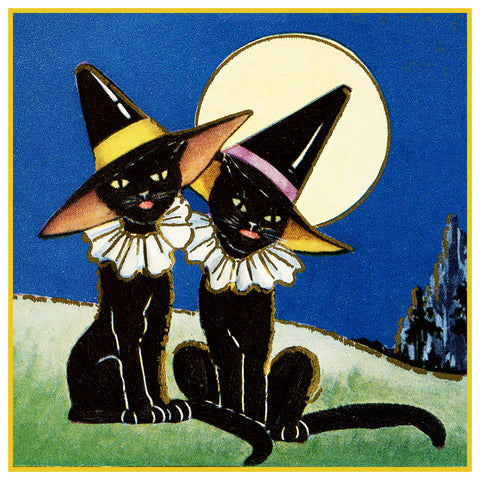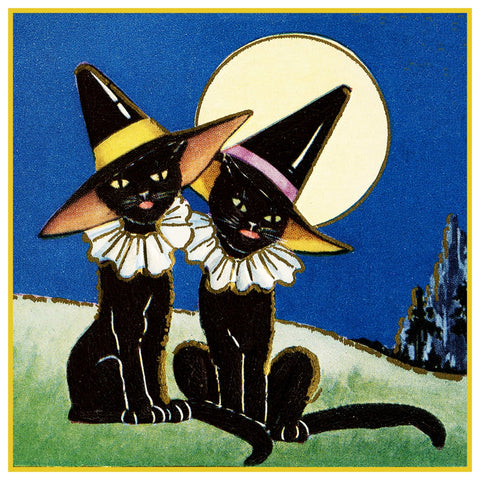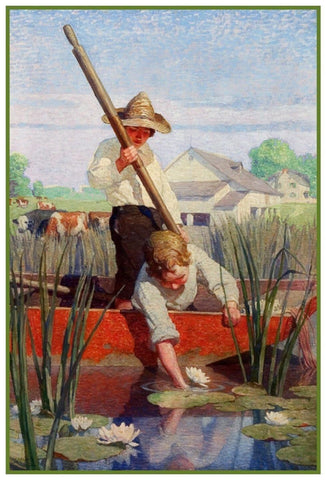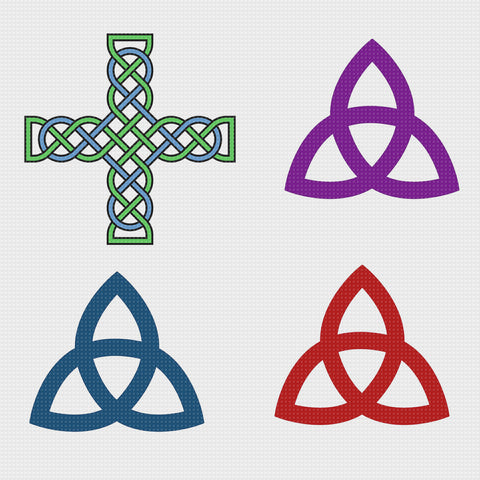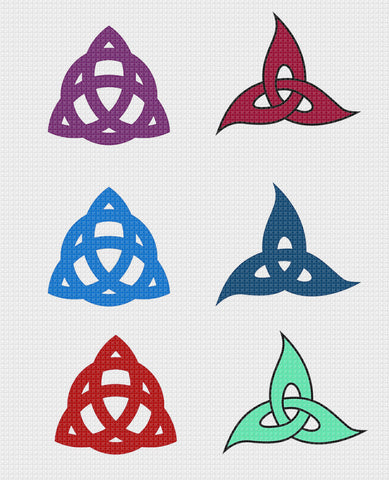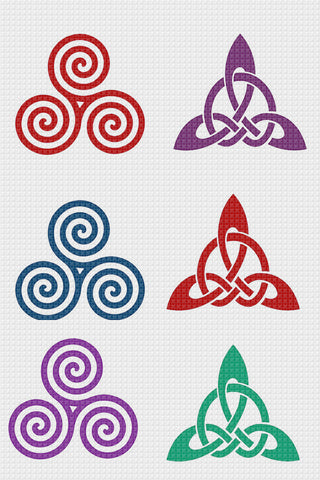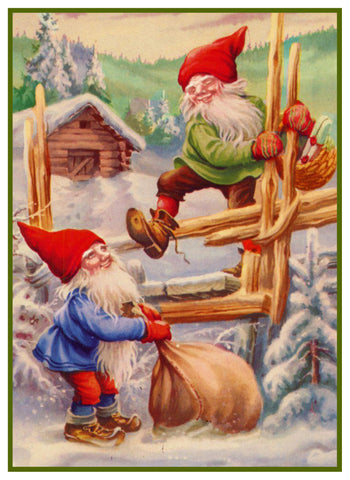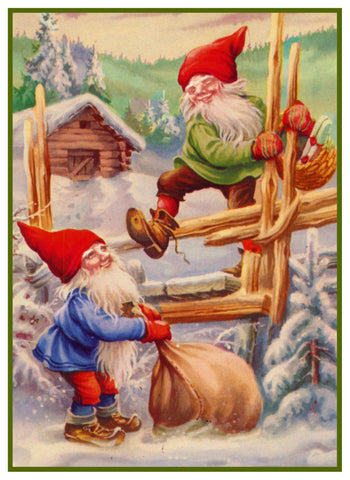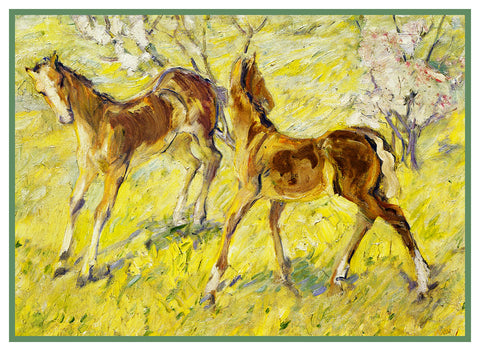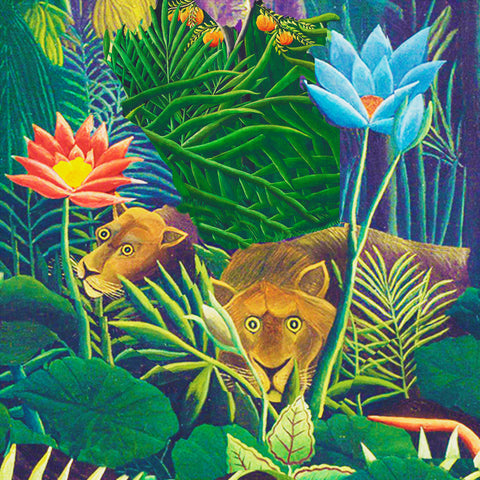- This product is a Digital Download of a COUNTED CROSS STITCH PATTERN. Instructions included.
- This pattern is used to sew and create a cross stitch picture.
- This is NOT a completed product. It is NOT a kit, it is a DIGITAL DOWNLOAD. Floss, fabric, and other supplies are NOT INCLUDED.
- After purchasing you can work from this digital pattern on your device or print the pattern on your own printer.
- The pattern consists of a multi-page enlarged chart that is easy to follow as you work.
- This pattern is in Black and White and uses symbols to differentiate the different threads you will use. It is NOT IN COLOR.
- See the detailed product images attached to this listing showing what you will receive and what the pattern looks like.
- Chart/Patterns use up to 40 colors of floss, which YOU must provide.
- This pattern uses Full Stitches only. No half stitches, and no backstitching necessary.
- Charted for 14 count fabric and DMC Cotton Floss. Finished size is 16 inches (224 Stitches) by 16 inches (224 Stitches).
Tapestry reached a new stage in Europe in the early 14th century AD. The first wave of production occurred in Germany and Switzerland. Over time, the craft expanded to France and the Netherlands. In the 14th and 15th centuries, Arras, France was a thriving textile town. The industry specialized in fine wool tapestries which were sold to decorate palaces and castles all over Europe. Few of these tapestries survived the French Revolution as hundreds were burnt to recover the gold thread that was often woven into them. Arras is still used to refer to a rich tapestry no matter where it was woven. By the 16th century, Flanders, Brussels, and Enghien had become the centers of European tapestry production. In the 17th century, Flemish tapestries demonstrating intricate detail of pattern and color embodied in intricate compositions, often of monumental scale.
In the 19th century, William Morris resurrected the art of tapestry-making in the medieval style at Merton Abbey. Morris & Co. made successful series of tapestries for home and ecclesiastical uses, with figures based on drawings by Edward Burne-Jones. Kilims and Navajo rugs are also types of tapestry work.


![[product_title] - Orenco Originals LLC Counted Cross Stitch](http://www.orencooriginals.net/cdn/shop/products/01a16x16departureforHuntCluny_735e2f6b-647e-4865-82f3-b44b6618a528_1024x1024.jpg?v=1698885953)
![[product_title] - Orenco Originals LLC Counted Cross Stitch](http://www.orencooriginals.net/cdn/shop/products/01a16x16departureforHuntCluny_735e2f6b-647e-4865-82f3-b44b6618a528_medium.jpg?v=1698885953)
![[product_title] - Orenco Originals LLC Counted Cross Stitch](http://www.orencooriginals.net/cdn/shop/products/whatyouwillreceiveUSE_de17ceeb-a496-44cc-9dad-6a8b7c81b54f_medium.jpg?v=1698885953)
![[product_title] - Orenco Originals LLC Counted Cross Stitch](http://www.orencooriginals.net/cdn/shop/products/ChartExample_d7b40f53-69fa-4b52-957a-91edac4f81fb_medium.jpg?v=1698885953)
![[product_title] - Orenco Originals LLC Counted Cross Stitch](http://www.orencooriginals.net/cdn/shop/products/whats_inside_a_package_eb7c649b-df69-4bcc-a9a0-4090c0800ec8_medium.jpg?v=1698885953)
